- Learning time
- 40 minutes
- First play time
- 120 minutes
Taj Mahal
Designed by: Reiner Knizia
Taj Mahal‘s murky map of India belies a great game of tactical depth; a mix of card-play and palace-building on the board itself.
The map is broken into 12 regions, and contesting right to build palaces in the towns of these regions makes up the 12 rounds of a game. During each round players bid cards from their hands, and the cards represent the strengths of six different character types: Viziers, Generals, Monks, Princesses, Elephants, and the Grand Mogul.
Winning a bid of any of the first four characters allows you to build a palace on the map as long as it doesn’t have one already. Winning the Grand Mogul bid also enables palace construction: in a town that already has one. Winning the elephant bid doesn’t allow you to build, but pick up crucial bonus tiles that can score big if you get matching sets. But how the bids are played out is what makes Taj Mahal so interesting: on your turn you can either increase your bid (adding a card of a matching colour to the table to one you’ve already played) or drop out. If you’re leading in any of the character categories at this moment, you win that category.
Allied to the above is the fact that the placement of palaces is crucial: some locations give bonuses, and palaces built by the same player that are directly linked by road also score bonus points. Also: there are special character tiles you can claim for yourself and use as well – not mandatory, but potentially a very strong move in a game of unpredictable, swingy point-scoring. Don’t hang on to them for too long though, because they can be taken from you by other players.
Once you get past the seemingly dry nature of Taj Mahal and it’s slightly underwhelming board, it’s actually a very canny game and contains elements of bluff, pushing your luck, as well as managing both your cards and your palace-building as best you can.
The guru's verdict
-
Take That!
Take That!
The bidding can be cagey or straight-out competitive. And if your opponents see you trying to chain your palaces on the board, they should be trying to block you!
-
Fidget Factor!
Fidget Factor!
Everyone is involved in bidding, and that is the majority part of the game.
-
Brain Burn!
Brain Burn!
The winner of Taj Mahal is unlikely to be playing randomly, but applying a bit of strategic thought. But it shouldn't take an age to decide a turn.
-
Again Again!
Again Again!
Players starting cards, and cards added during the game, will always be different, as will the way the palace-building pans out.

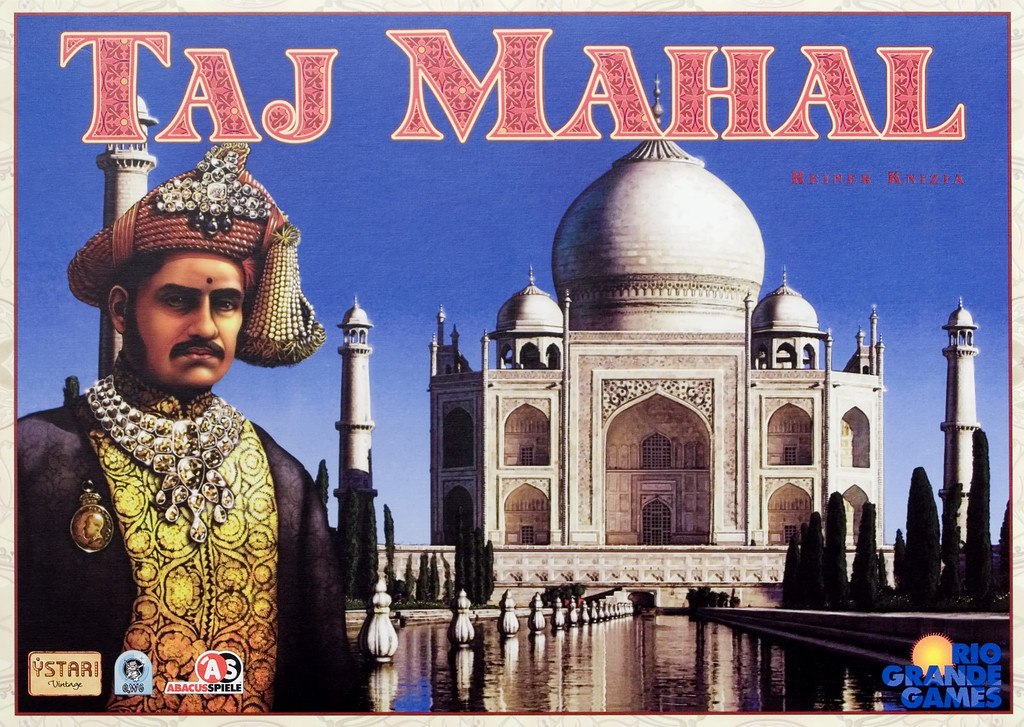
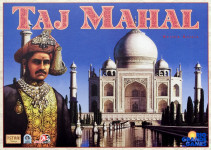
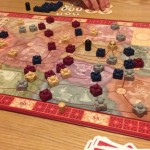
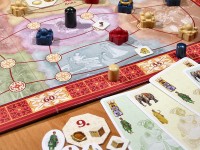

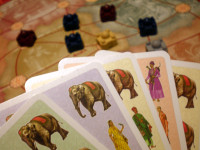

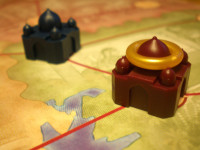
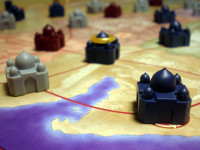



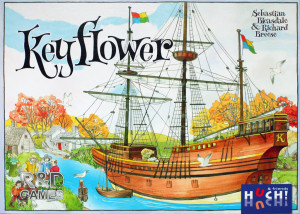
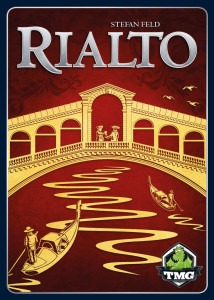

Sam says
Taj Mahal is fun. The way the bidding works is really canny - it's great when you can drop out of a bid, saving your cards, but still pick up some benefit - and I rate it very highly.